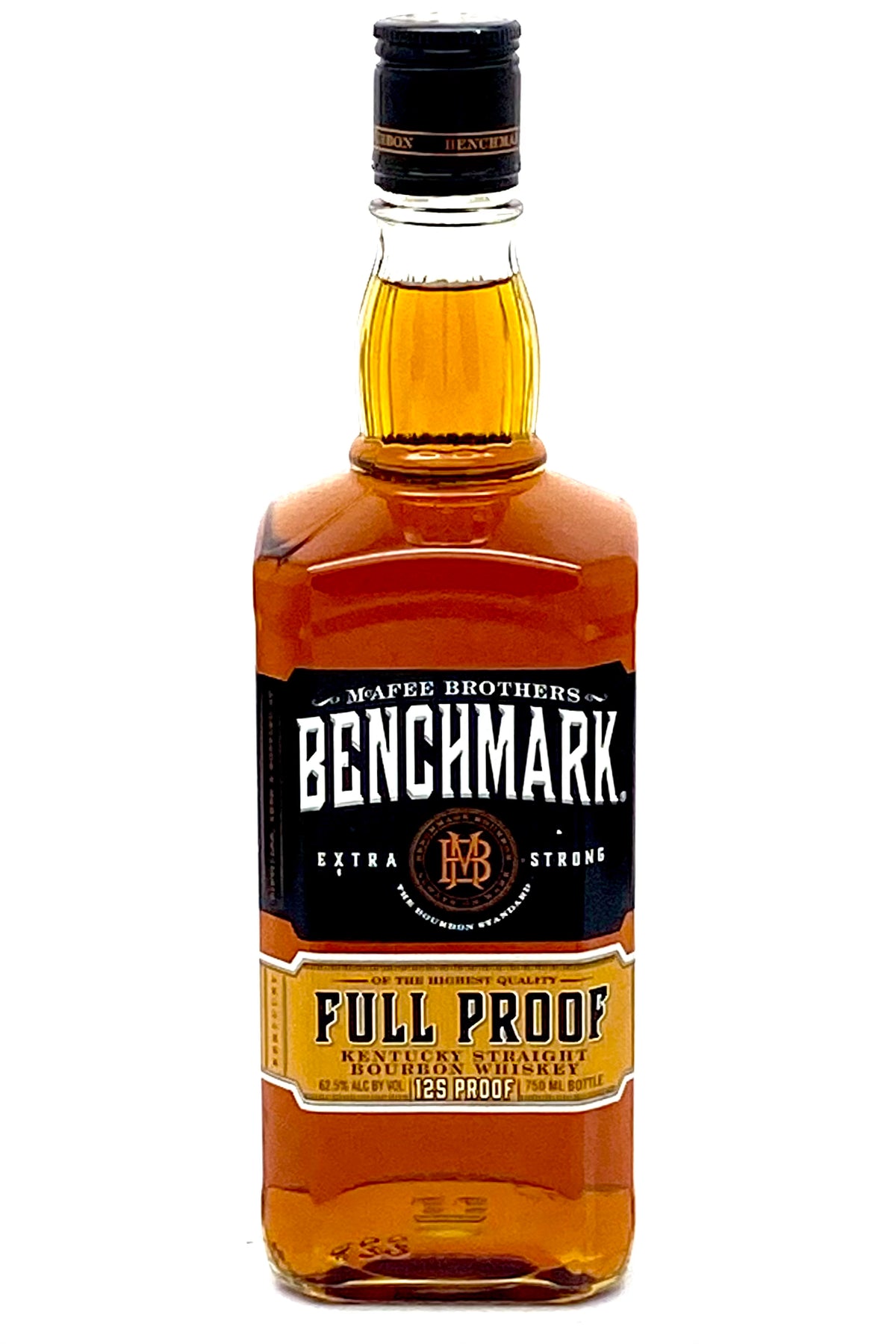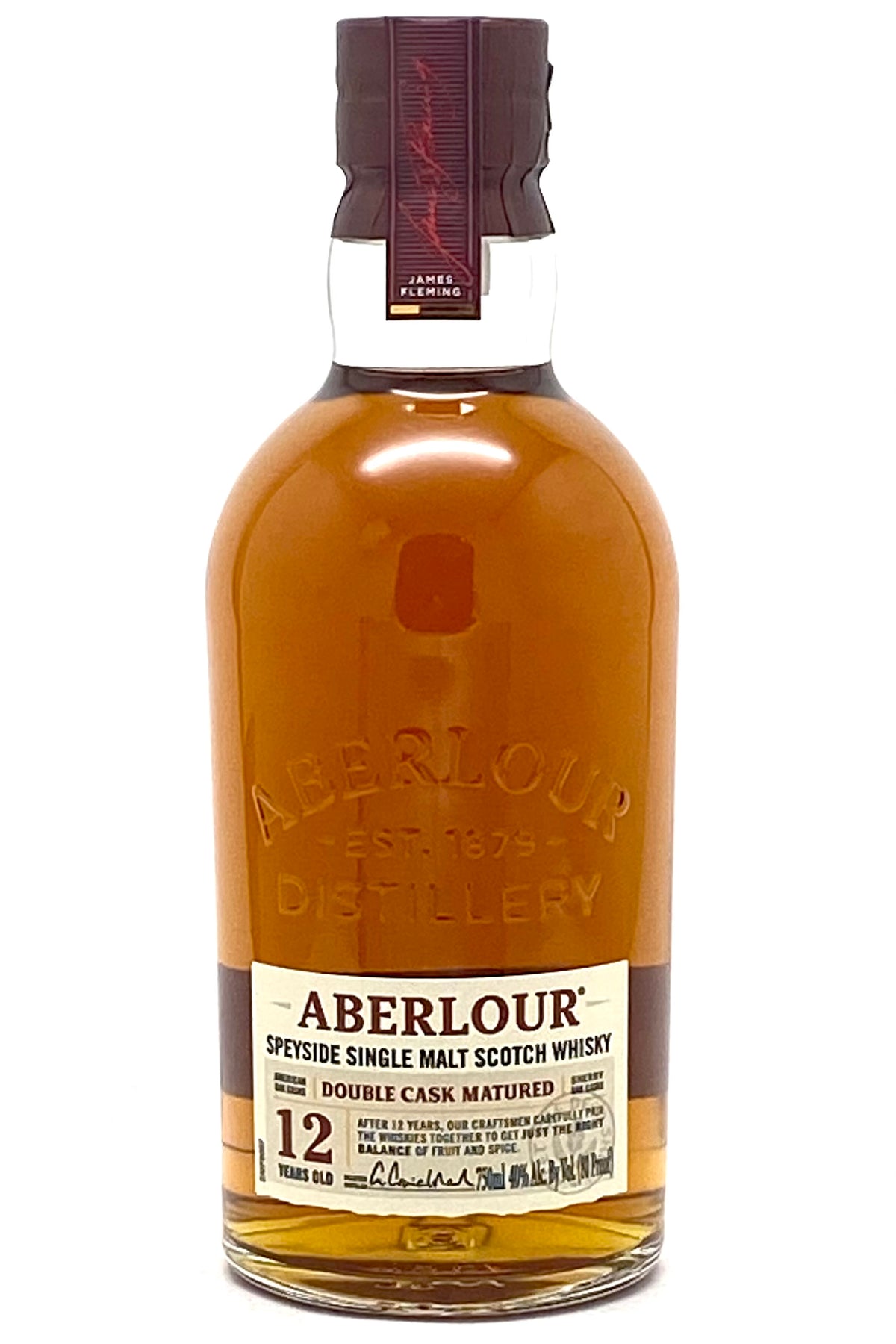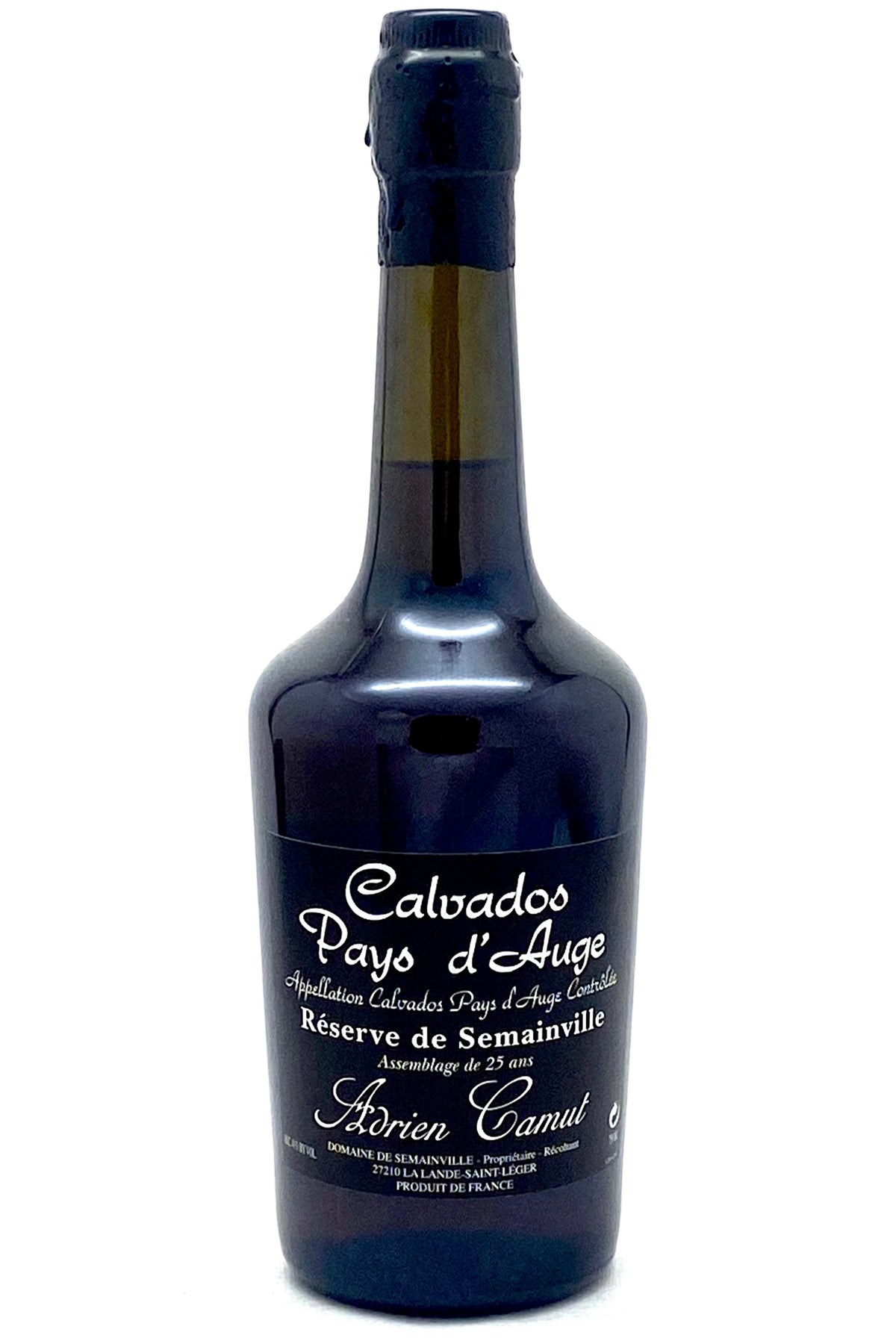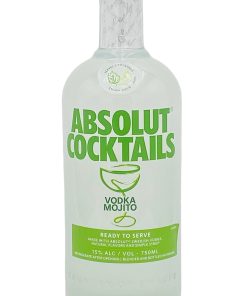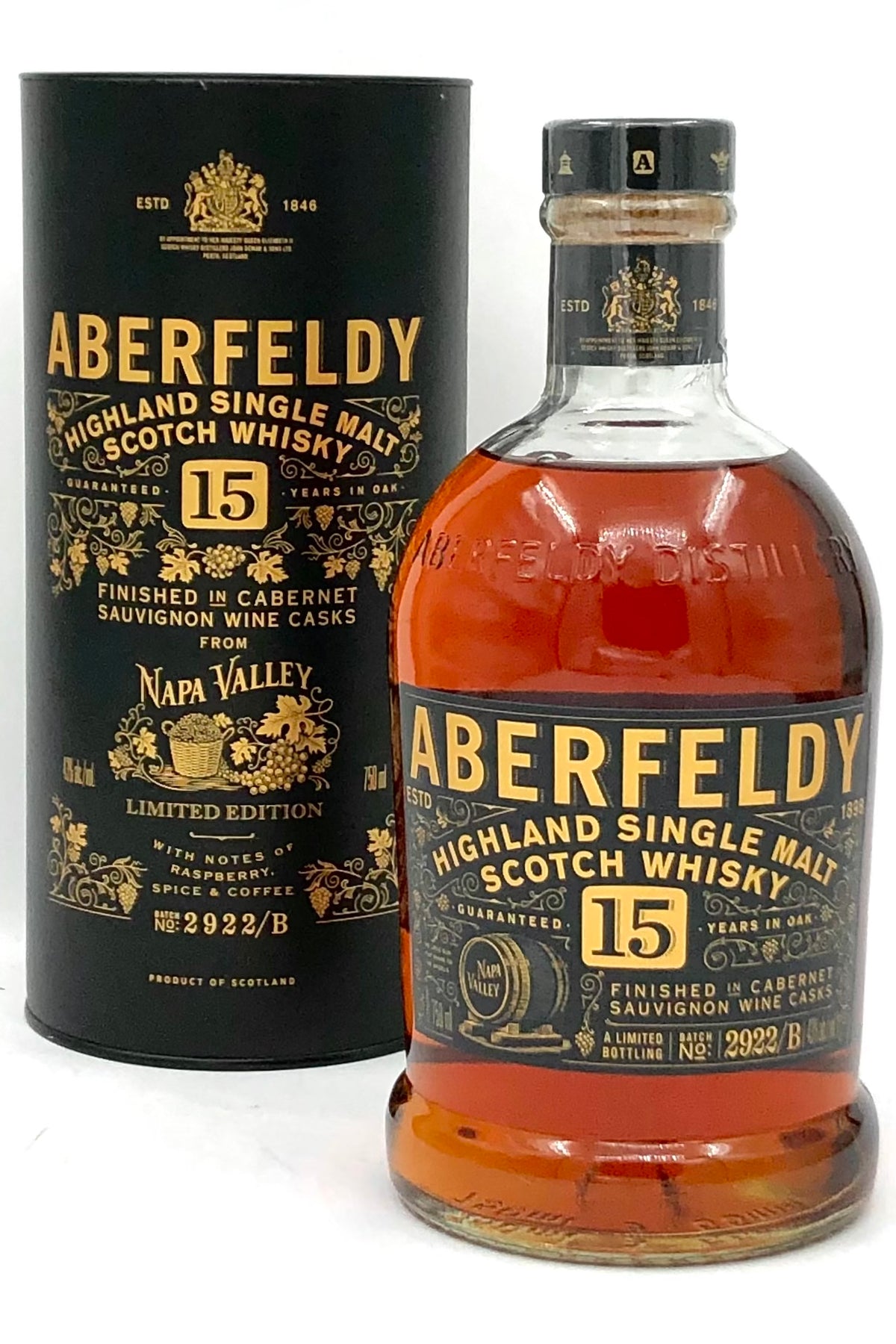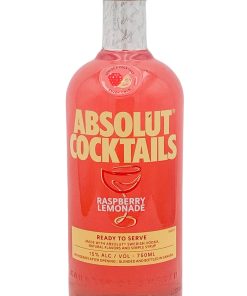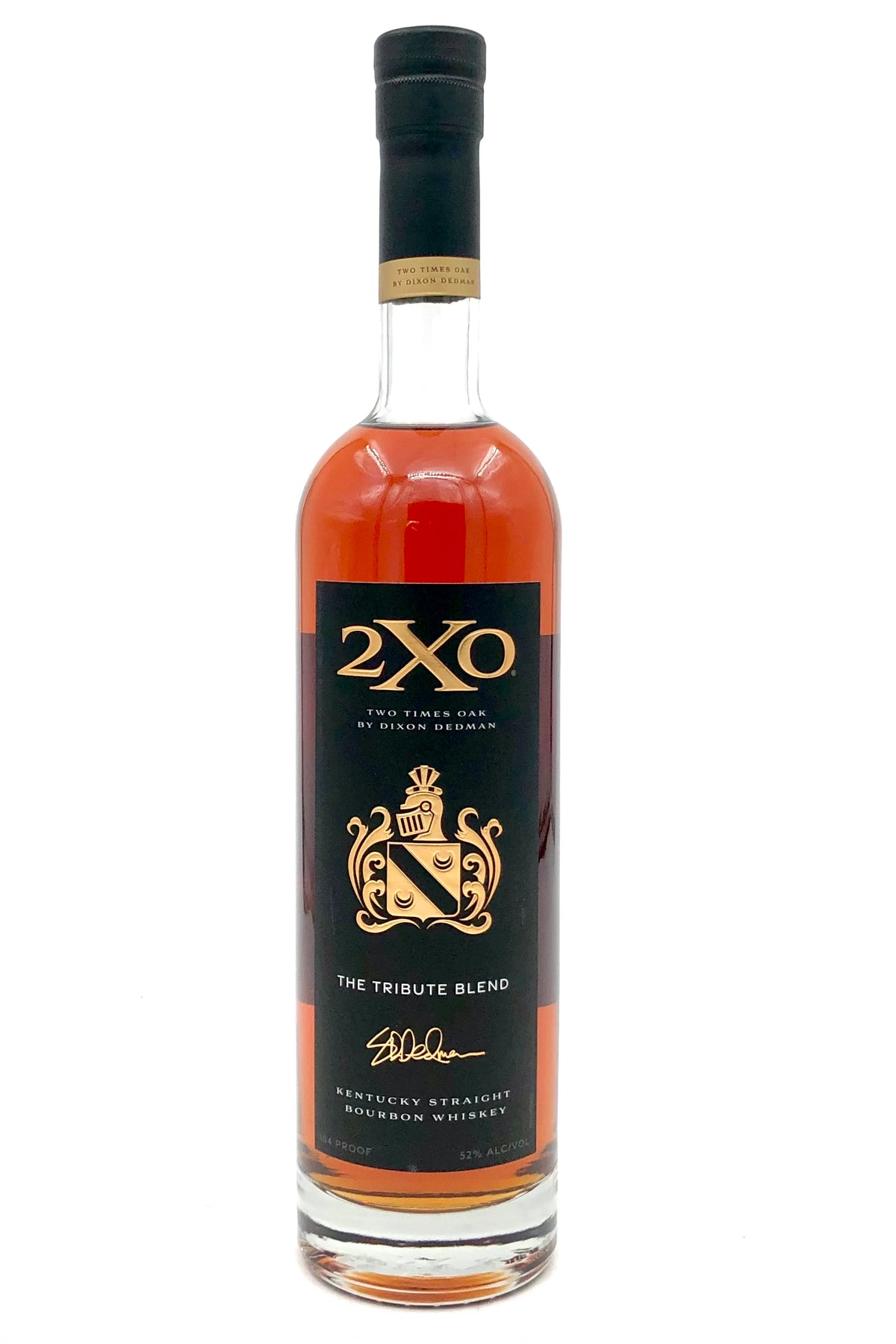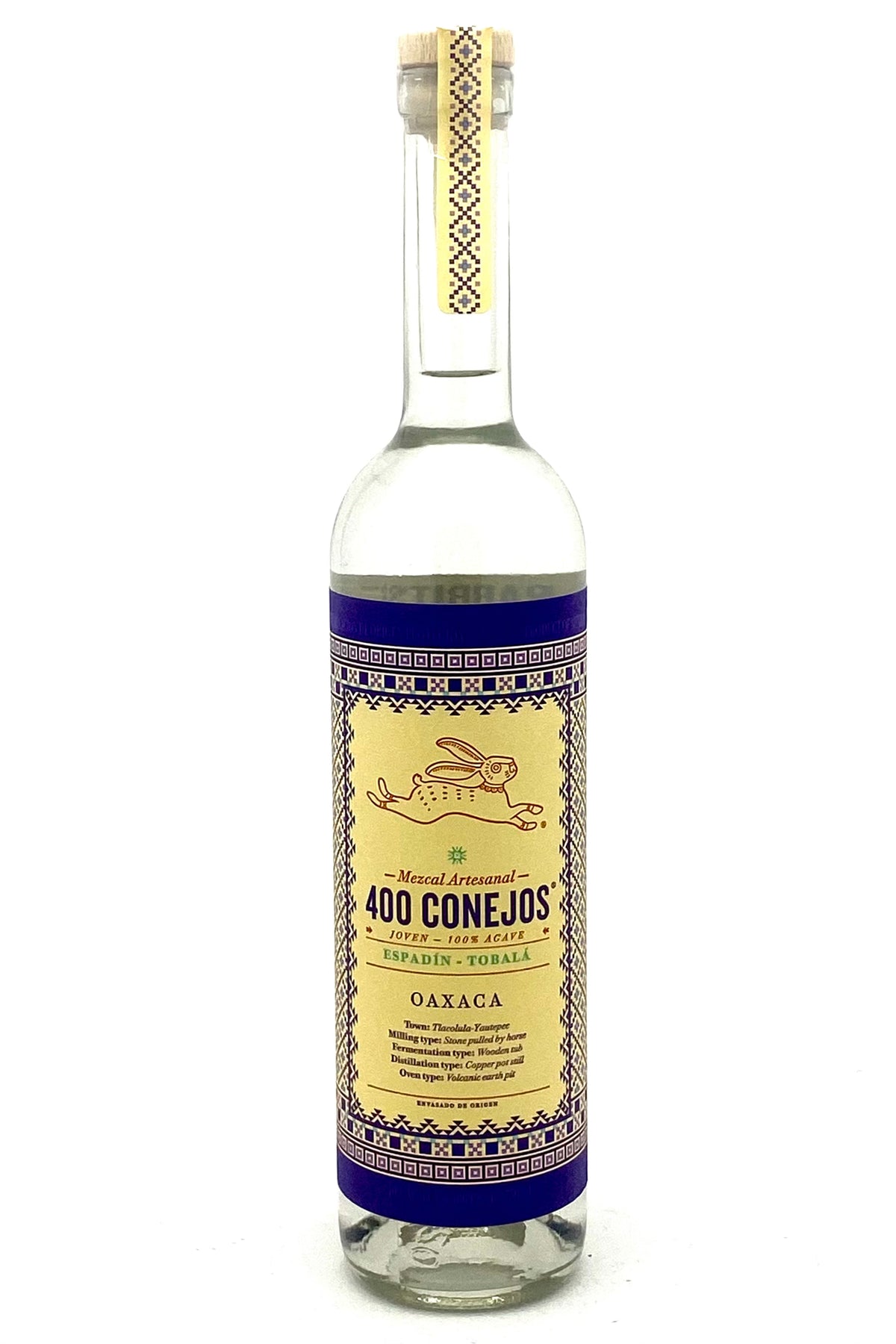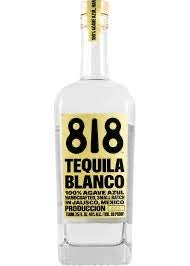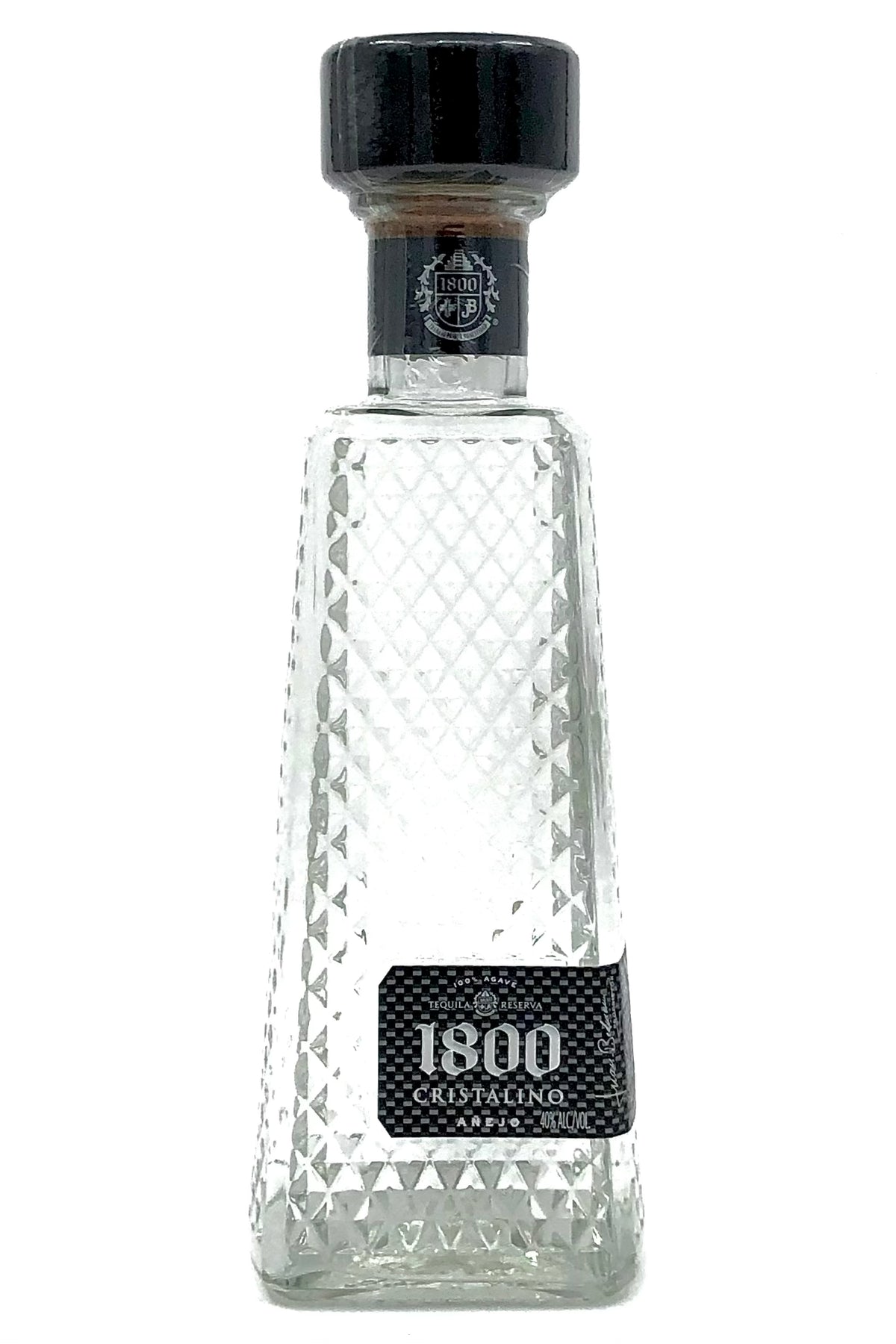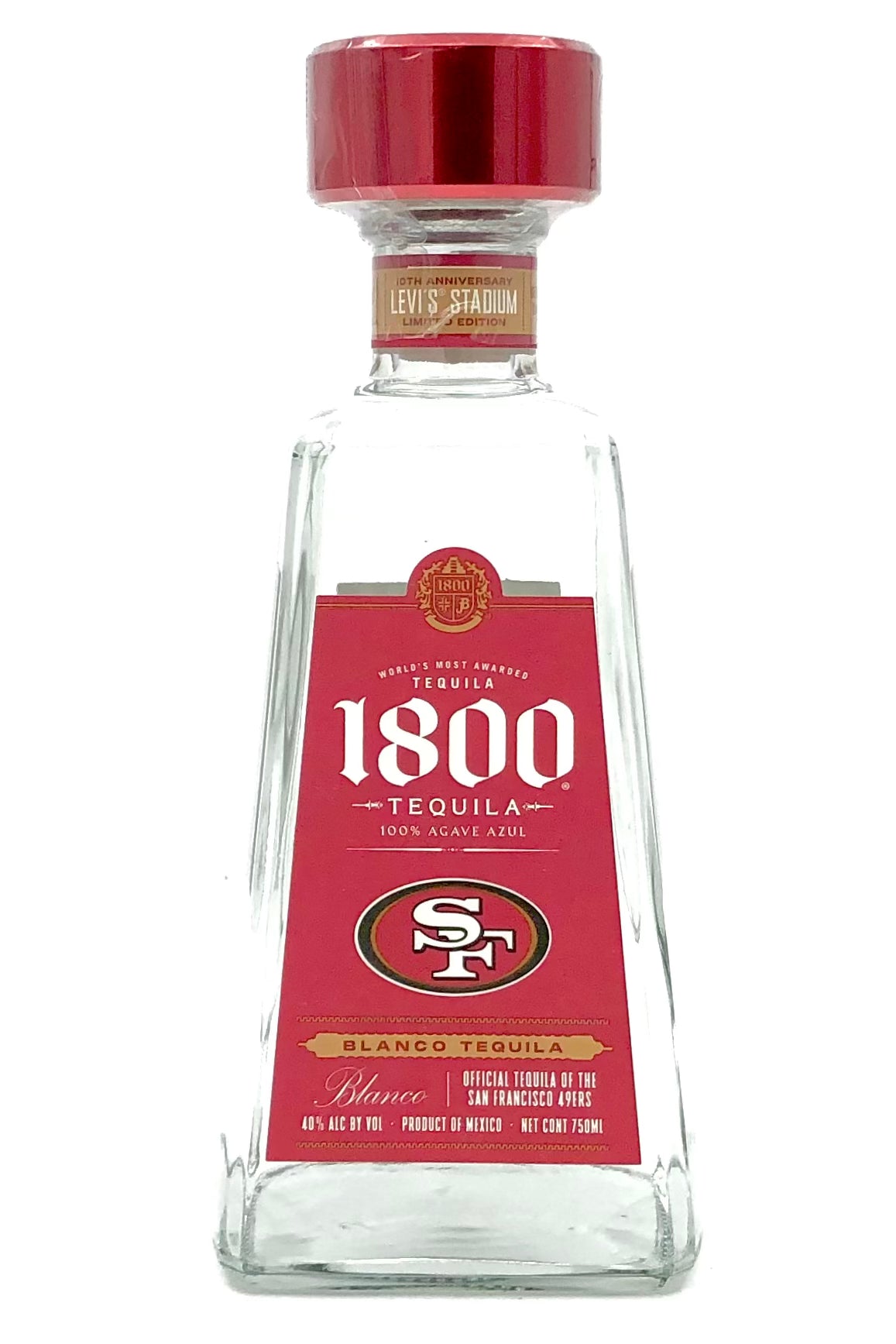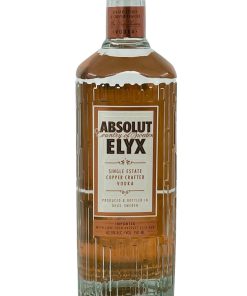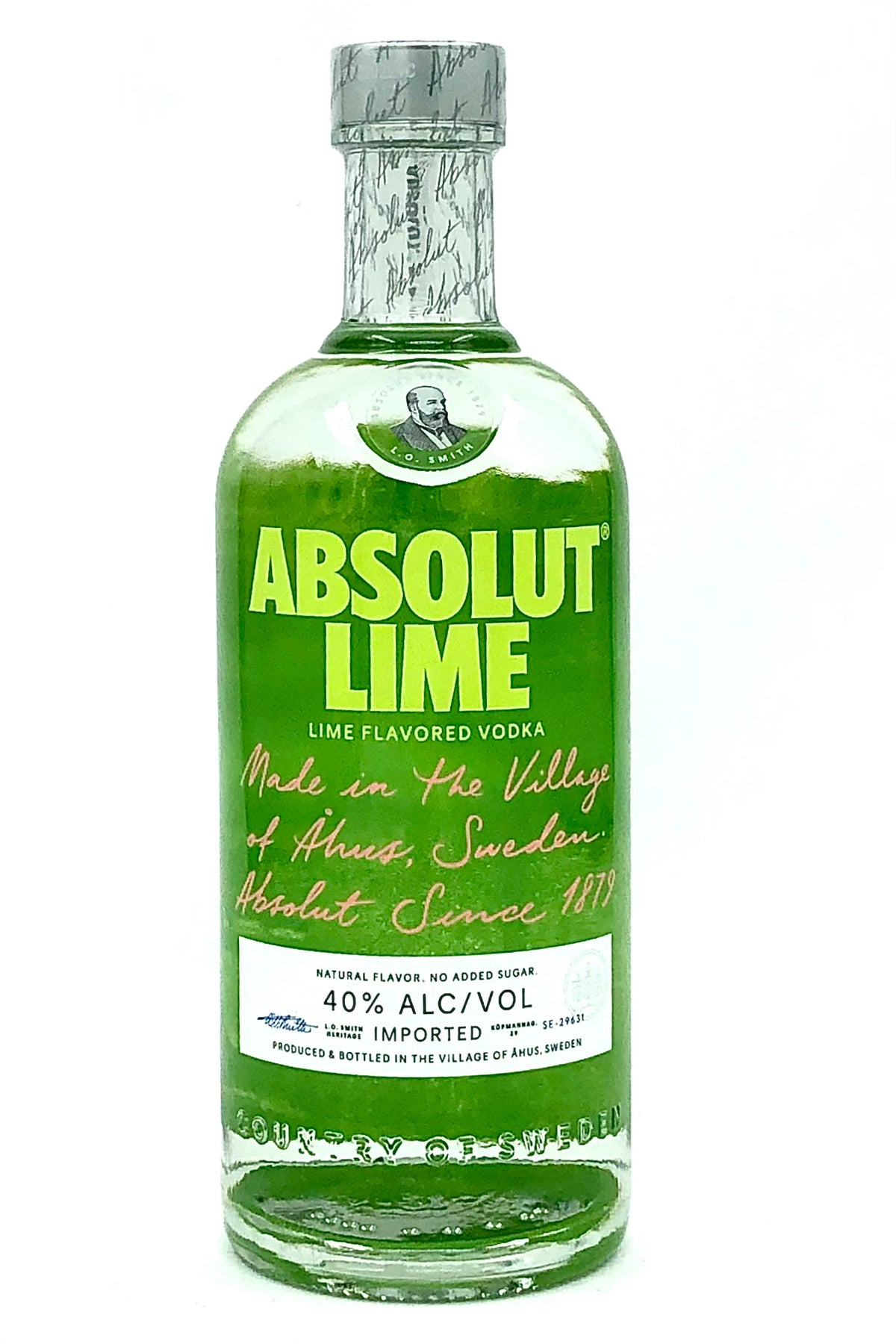Ben Holladay “Soft Red Wheat” Bottled-in-Bond 6 Year old Missouri Straight Bourbon Whiskey RNDC
$ 62,00 $ 31,00
50% ABV (100 proof), Bottled-in-Bond, 750 ml
Mash Bill: Corn 73% | Wheat 15% | Barley 12%
“The finest bourbon results from an ideal combination of climate and geology that is rare outside of Kentucky but is found in the rolling hills of Weston, Missouri at the Holladay Distillery.
It is remarkable how one ingredient in a recipe can change the entire taste profile of a spirit. Holladay Soft Red Wheat is crafted with the original Holladay recipe with one substitute: wheat for the rye. Holladay Soft Red is made in the original stillhouse, barreled in Missouri white oak barrels, aged onsite in iron-clad rickhouses, and bottled at 100 proof.
Using wheat in a bourbon mash bill often results in a softer and sweeter taste profile than a bourbon made with rye, which typically adds spice to the palate. Soft Red Wheat has lower protein levels, red bran, and minimal gluten compared to other classes of wheat. Bourbons crafted with Soft Red Wheat offer a soft, smooth finish just as the name suggests.
Holladay Soft Red Wheat Bourbon is one of the very few bottled-in-bond wheat bourbons on the market aged 6+ years and it was worth the wait. To meet the rare and prestigious requirements to be classified as Bottled-in-Bond, a product must be distilled, aged, and bottled in the same location to assure a mark of authenticity.
It is also classified as a Real Missouri Bourbon under a 2019 law requiring that any whiskey labeled as Missouri bourbon must not only meet the federal standards for bourbon, but also be mashed, fermented, distilled, aged, and bottled in the state; aged in oak barrels manufactured in the state; and—beginning January 1, 2020—made with corn exclusively grown in the state.
The Holladay Distillery was founded in 1856, making it both the oldest distillery in the state of Missouri and the oldest distillery west of the Mississippi still operating on its original site. The property sits on active limestone springs that were first charted by Lewis and Clark in 1804, more than fifty years before Ben Holladay purchased the land that would later become his legacy.”
Fast Delivery and Professional Packaging
Our long-standing partnership with UPS FedEx DHL and other carriers around the world lets us offer a range of shipping services. Our warehouse employees will pack each item according to our strict requirements. Prior to shipping, your goods are carefully examined and securely secured. We ship to thousands of customers each day across different countries. This is a testament to our commitment to be the biggest online retailer in the world. Warehouses and distribution centers are located throughout Europe as well as in the USA.
Orders with more than 1 item are assigned processing periods for each item.
Before shipping, all ordered items will be thoroughly examined. Currently, most orders are shipped within 48 hours. Delivery time ranges between 3-7 days.
Returns
The stock is constantly changing. It's not completely managed by us, as we're involved with several organizations, such as the factory and the storage. So the actual stock may alter at any time. Please be aware it's possible your order could run out of stocks once you've placed your order.
The policy is 30 days. If 30 days have gone without a trace since the purchase, unfortunately we can't offer an exchange or refund.
The item should not be in use and must be in the original packaging. The item should be returned in its original packaging.
Related products
SPIRITS
SPIRITS
SPIRITS
SPIRITS
SPIRITS
SPIRITS
SPIRITS

